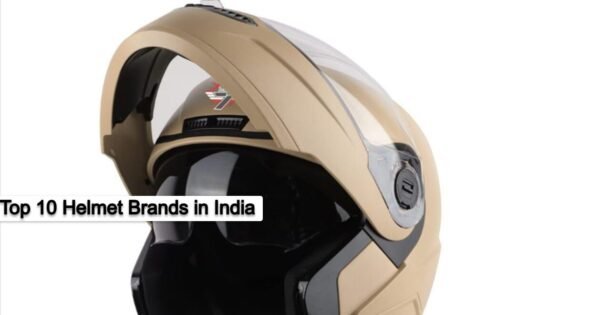Investing in new tyres is sure to cost you quite a bit, it’s important for you to get your money’s worth when investing in tyres, whether it’s a set of four, two or individual tyres.
Surprisingly, most people don’t educate themselves enough before investing in new tyres; it’s counter-intuitive to invest so much in acquiring new tyres and not educate yourself about all things related to tyres.
Today, we plan on taking you on a journey through the world of tyres, letting you know all you need to before diving into the deep end of the tyre market
1. Size Matters
It’s always advisable to make use of the exact tyre specification stated in your owner’s manual.
Tyre sizes are listed on their sidewalls, it’s important to keep in mind that your new tyres should correlate with what’s written in your owner’s manual, not necessarily what’s currently on your car.
2. Age Matters
It’s a well-known fact that tyres deteriorate over time; this process is hastened in hotter climates. A tyre’s production date is usually written on it as a four-digit number specifying the week and year of production. tyres are best used within six years of production.
3. Load Index
When your vehicle was built, the engineers did the maths and determined the maximum amount of weight your vehicle can carry based on the right tyre pressure and size.
This is what is known as tyre load index, it’s always advisable to buy tyres with the load index of the tyre your vehicle came with.
4. Get your Car in Great Shape
Before investing in a new set of tyres, it’s important to inspect the wear on your current set, if you discover uneven wear it might be as a result of suspension or alignment issues.
Putting new tyres on a misaligned car will result in wasted effort and money.
5. Become conversant in tyre code
It’s important to know what all or most of the numbers on your tyre’s sidewall stand for, they are part of a standardized code required by several governments to classify and describe tyres for easy identification.
Here is a good example of tyre sidewall markings- P437/87R 37 73G M+S
6. Buy a full set of tyres
The truth of the matter is that we often want to replace only tyres that we feel are due for replacement, by doing this, we are totally overlooking the fact that modern suspension technology is designed to work best with a set of matching tyres. It’s time to rip off the bandage and change all four of them.
7. Don’t Rely Too Heavily on TPMS
More often than not, if your vehicle was manufactured after 2007, it’s very likely for your vehicle to come equipped with a Tyre Pressure Monitoring System which lets you know when your tyres are underinflated.
We found out that a lot of times most vehicles have at least one underinflated tyre, endeavour to physically examine your tyres every now and then.
8. Align your Car
This is a follow up to tip number 6; a misaligned wheel will most likely result in improper tyre wear and tear amongst other things.
You can ensure that you get the most out of your new wheels by having your wheel aligned around the time you purchase new tyres.
9. Ascertain whether or not you need New tyres
There are cases where car owners refuse to invest in new tyres due to the fact that they feel like their current ones are still good after performing visual inspections.
It’s important to keep in mind that rubber deteriorates when exposed to oxygen, so try to replace your tyres every six or so years.
10. Maintain your New tyres
After all, is said and done, if you fail to properly maintain your new tyres, they’re going to end up dilapidated in little to no time thereby creating a cycle of worn out tyres.
Now that you have new tyres, it’s your job to ensure that they go the distance.



